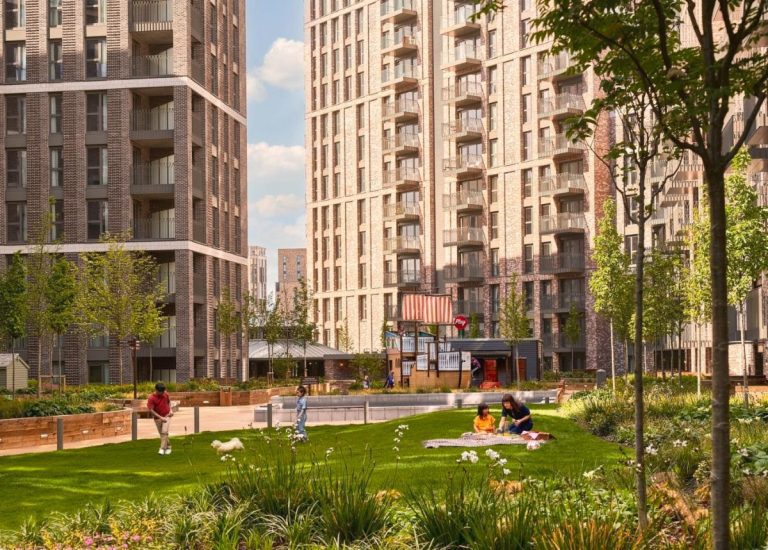Engineering technology in the building and construction industry has been at the forefront of designing efficient structures suitable for all kinds of work. When choosing a building structure, you need to consider things such as environmental friendliness, cost, the time you need to use the structure, and safety when it comes to adverse weather conditions. Activities such as sports and mining prefer to use easy to construct and relocate types of buildings because these activities are scheduled to last for a certain amount of time. As a result, permanent concrete and steel buildings may not be economical. If you’re planning to begin mining works, before then, you may need to shop for a fabric building for mining operations to house your workers, machinery, or other in-house works in your mining site. If you’ve never used fabric buildings before, in this article, you’ll learn the advantages that come with deploying fabric buildings for mining activities. 1. They Are Recyclable And Sustainable The material that’s used in the manufacture of fabric buildings is easily recyclable. As a result, once you’re done using your building, you don’t need to worry about safe ways of disposing of a building that seems too old for continued use. What you need to do is to identify a recycler to whom you can sell the material. Besides most manufacturers help their customers to get a recycler. On the other hand, some vendors own recycling plants, thus, you can sell the old structure back to them for recycling works. Moreover, suppose a section of your canvas building gets torn while the rest of the parts are still strong. In that case, you can patch that section which is also referred to as ‘reskinning.’ Additionally, the polyethylene fabric material emits very low amounts of toxins, making it sustainable, health-friendly, and easily recyclable. 2. Easy To Construct And Relocate One reason that makes fabric buildings preferred in mining operations is that you can easily set them up, unlike concrete buildings. The parts are already designed to fit into each other once assembled. As a result, you don’t need to delay your mining operations because you’re waiting for a construction building. The simple building structures can take a few hours to construct, while the more complex buildings can take you a couple of days to complete. It’s generally believed that fabric buildings are three times faster to construct compared to their concrete counterparts. Moreover, if you want to shift operations to a different mining site, it’s easy to pull down the structures and relocate them to your new site. This isn’t possible with concrete buildings as you have to abandon them altogether or destroy the building, which might be a huge loss to your budget. 3. They Are Energy Efficient Fabric buildings can work well with different types of weather. The material of fabric buildings is non-conductive. As a result, during hot temperatures, the inside of the building can be cool. While during the cold season, the interior can be warm compared to the outside. Therefore, if your mining site isn’t located in very extreme temperatures, you may not need to invest in an HVAC system. Additionally, fabric buildings can help you save a lot in terms of lighting. The material can allow up to 12% of light to pass through due to its translucent nature. As a result, you can use natural light during the day instead of artificial light. Moreover, their windows are entirely transparent, allowing a lot of light. These characteristics of fabric buildings help you to save costs associated with artificial lighting. 4. They Are Durable The canvas used in the manufacture of fabric buildings can stay for decades without tearing and can withstand adverse conditions. As a result, they can stay for a long time without needing replacement. Additionally, the frame that supports the canvas is made of strong steel, which has been used in the construction industry for a long time. If you intend to use your frames to support heavy loads, you can buy frames that meet building standards for such activities. 5. Cost-Effective Unlike wooden, metal, or concrete buildings of similar sizes, fabric buildings use less expensive materials that require little architectural planning and less construction time. Because of the less time you need in building fabric buildings, you’re able to save on labor costs. Additionally, fabric buildings need little maintenance costs. Conclusion When you’re choosing a building, particularly for mining sites, many aspects come into play. If you’re planning to spend some months or a couple of years, then going for fabric buildings may be the best option for you. With fabric buildings, you’ll be able to cut construction costs, reduce artificial lighting expenses, relocate your building from one place to another easily, and enjoy general, cost-effectiveness.














